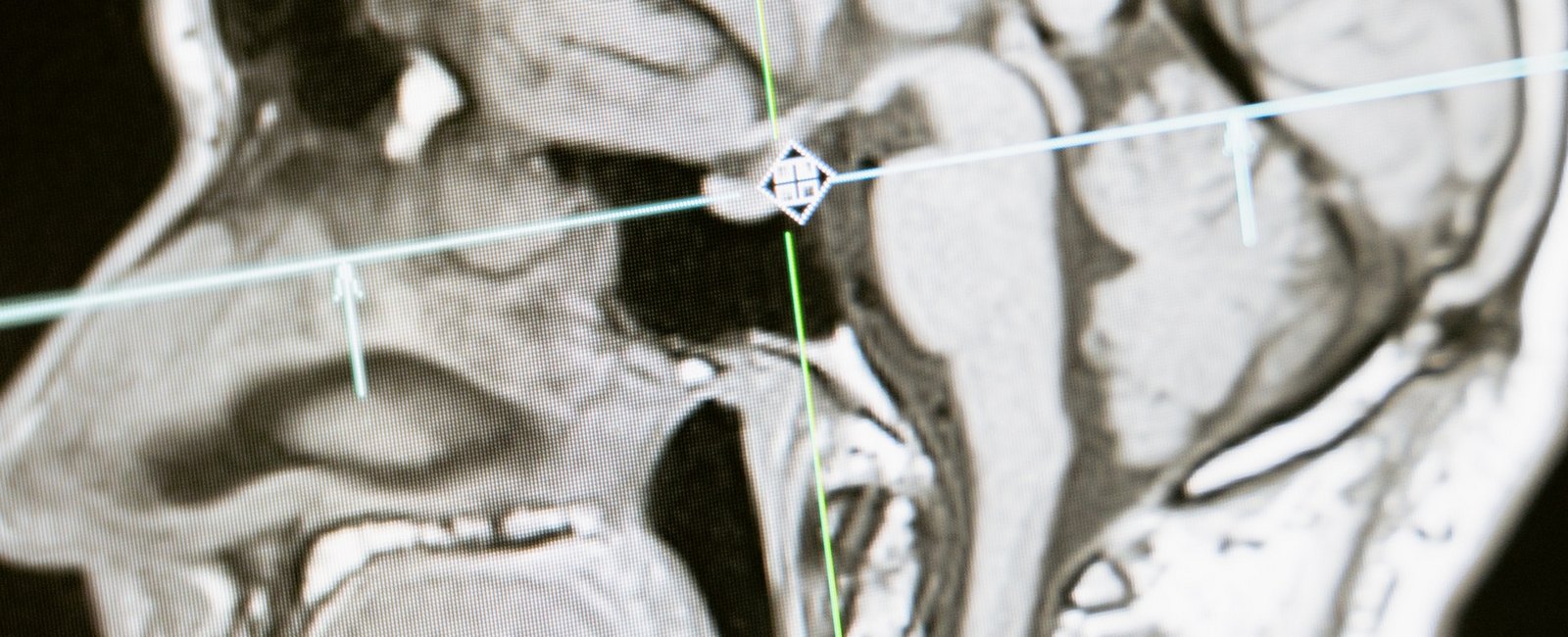High-intensity focused ultrasound (HIFU) is the destruction of cancer cells by high-frequency sound waves.
How does cancer treatment with ultrasound work?
- According to the Focused Ultrasound Foundation, the principle of HIFU is similar to using a magnifying glass to focus sunlight in one spot.
- During the procedure, a special acoustic lens collects multiple intersecting ultrasound waves and directs them precisely to the target. This area is heated to about 43 degrees Celsius, resulting in the destruction of cancer cells.
- Depending on the size of the lens, the waves can affect an area 1-16 mm in diameter.
- HIFU therapy is combined with magnetic resonance imaging (MRI), which allows the waves to be directed as precisely as possible to the tumor.
Who is eligible for HIFU therapy for cancer?
The U.S. Food and Drug Administration (FDA) has approved high frequency ultrasound treatment for:
- bone metastases;
- prostate cancer;
- malignant prostatic hyperplasia.
Outside the U.S., this treatment is used for:
- breast cancer;
- kidney tumors;
- liver cancer;
- pancreatic cancer;
- Malignant soft tissue tumors.
How are high frequency ultrasound treatments for cancer performed?
Depending on the type of tumor and its location, the ultrasound treatment procedure takes from 1 to several hours. All this time the patient is near a special machine. If necessary, a special probe may be brought to the tumor through natural orifices.
Some diagnoses may require several sessions.
HIFU for pancreatic cancer
According to research, HIFU therapy is effective in the later stages of pancreatic cancer. It alleviates pain and prolongs the patient’s life.
It is important to understand that this technique is only a symptomatic treatment and cannot replace other methods.
Treatment of Prostate Cancer with Ultrasound
The Focused Ultrasound Foundation recommends HIFU therapy to treat prostate cancer in its early stages or when it has relapsed, when the tumor has not begun to sprout into neighboring organs and tissues. This procedure has fewer side effects compared to surgery.
According to studies, the success rate of HIFU is 84%. This means that in 84 patients out of 100, the therapy helped get rid of the tumor.


